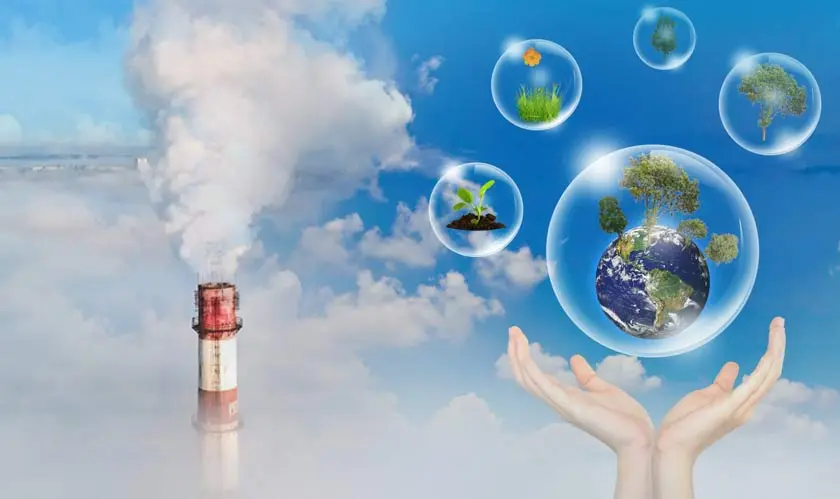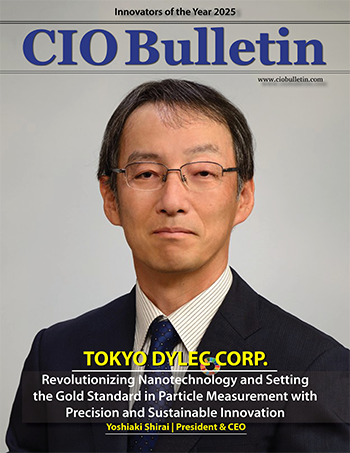Home Technology Science and technology Scientists criticize China's a...
Science And Technology

CIO Bulletin
31 October, 2023
It appears that eastern China is a major culprit in the apparent failure of efforts to reduce emissions of a potent greenhouse gas that is frequently produced as a by-product of refrigerant manufacture.
Since HFC-23 is around 14,700 times more potent than carbon dioxide at warming the planet, it has long been the focus of both domestic and international efforts to mitigate climate change. The world's top chemical producers, China and India, decided to reduce their emissions, which gave their efforts a boost over ten years ago.
However, new studies confirm that emissions increased in the years that followed, and an examination of data from atmospheric monitoring stations indicates that almost half of the total emissions are likely to be attributed to factories in eastern China.
At the most recent meeting of the Montreal Protocol, which is taking place this week in Nairobi, Kenya, rogue emissions are one of several forms of air pollution that are being discussed. The 1987 Montreal Protocol, which has slowed global warming and stopped the ozone layer's depletion, is widely regarded as the greatest successful international environmental agreement in history.
HFC-23 has a contentious past and is also used in several specialized industries. Scientists first became concerned about HFC-23 trades in 2007 because of a United Nations initiative that let rich countries buy carbon offsets from low-income countries.
In addition to being a simple way to obtain carbon credits, eliminating the chemical proved incredibly profitable for manufacturers in developing nations. There was concern that some factories were producing more HFC-23 just to sell carbon credits.







